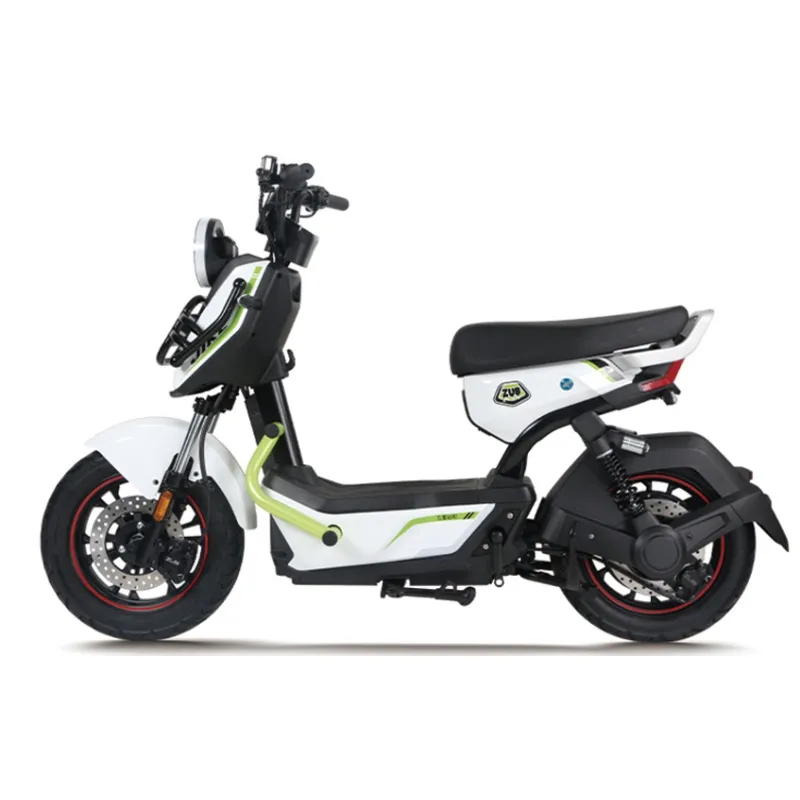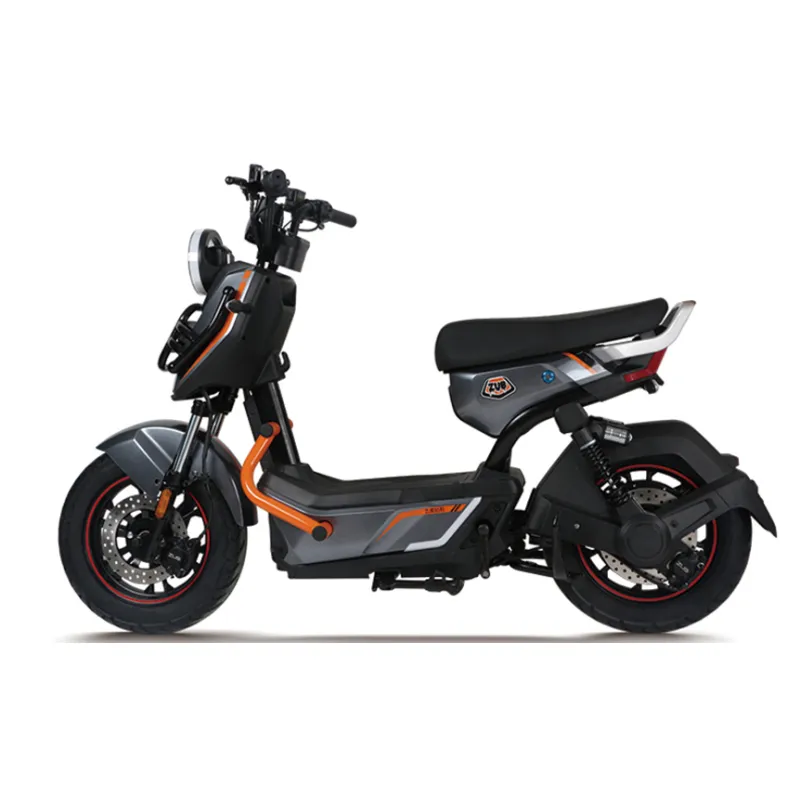Urban Mobility Is Undergoing a Quiet Revolution
Across cities worldwide, more and more people are choosing two wheels over four. While traditional bicycles have always played a role in urban life, the electric bicycle is now driving a new era of personal transportation. These innovative machines offer a blend of convenience, sustainability, and freedom that aligns with the needs of modern urban dwellers. Whether for commuting, errands, or weekend rides, the electric bicycle is fast becoming the smart choice in the city.
Changing Lifestyles and Urban Planning
Cities Are Becoming More Bike-Friendly
Urban planning is increasingly accommodating cyclists. New bike lanes, expanded cycling infrastructure, and dedicated traffic signals are all encouraging residents to shift toward greener forms of transport. These changes make riding an electric bicycle safer and more enjoyable, eliminating the fear of competing with cars or navigating dangerous intersections.
Work and Life Are More Flexible Than Ever
With remote work and hybrid schedules becoming the norm, fewer people rely on long, fixed-route commutes. Instead, they want efficient, flexible mobility solutions for shorter trips. The electric bicycle provides just that—an easy way to travel between co-working spaces, coffee shops, and home, without being tied to public transit schedules or paying for gas.
Economic and Environmental Influences
Rising Fuel and Vehicle Ownership Costs
In many urban areas, car ownership is becoming increasingly expensive. Parking fees, maintenance, and fluctuating fuel prices make driving unsustainable for daily use. Electric bicycles offer a much more affordable alternative, both in terms of upfront cost and ongoing expenses. Charging an electric bicycle costs a fraction of what it takes to fuel a car, and maintenance is significantly simpler.
Eco-Conscious Living Is Becoming a Priority
Sustainability is no longer just a buzzword—it's a lifestyle. Urban consumers are actively seeking ways to reduce their environmental impact. Riding an electric bicycle reduces carbon emissions, limits air pollution, and contributes to quieter, cleaner cities. This environmental awareness is a strong motivator, particularly among younger generations who prioritize eco-responsible choices.
Practical Advantages for City Life
Ease of Parking and Traffic Navigation
Finding a parking space in a crowded city can be a daily frustration. With an electric bicycle, that concern disappears. Riders can park closer to their destination, avoid congested streets, and even use bike-specific shortcuts or pathways. This ability to glide past traffic jams saves time and reduces commuter stress.
Faster Than Walking, Cheaper Than Driving
For trips that are too far to walk but too short to justify driving, an electric bicycle hits the sweet spot. It offers quicker travel time compared to walking, while avoiding the costs and inconveniences of using a car or ride-share service. Riders can also bypass traffic delays and take more scenic or direct routes through the city.
Technology and Design Advancements
More Stylish and Functional Designs
Modern electric bicycles come in sleek, lightweight designs that rival the aesthetics of luxury vehicles. With features like integrated lighting, removable batteries, and minimalist controls, these bikes are not only practical but visually appealing. Many models are also foldable, making them easy to store in small apartments or offices.
Smarter Connectivity Features
Technology integration is another reason for their growing appeal. Some electric bicycles offer GPS navigation, anti-theft systems, smartphone apps, and real-time diagnostics. These smart features align with urban users' expectations for connected, efficient, and user-friendly devices in their daily lives.

Cultural and Social Impact
Embracing a Healthier Commute
Electric bicycles allow people to stay active without the exertion of a traditional bike. With pedal assist, riders can enjoy physical movement while avoiding exhaustion or sweat—perfect for commuting to work or running errands. This gentle form of exercise appeals to people of all fitness levels and can lead to improved mental well-being.
Building a Sense of Community
Cycling encourages interaction and shared experiences. Cities with a strong cycling culture often see increased engagement among residents. Bike groups, social rides, and community events centered on electric bicycles foster a sense of belonging and local pride, turning the act of commuting into a lifestyle.
FAQ
How long does an electric bicycle battery last?
Most electric bicycle batteries last between 500 to 1,000 charge cycles, which typically equals 3 to 5 years of regular use. Battery life can be extended with proper charging habits and storage.
Are electric bicycles legal to ride in all urban areas?
Electric bicycles are generally legal in most cities, but local regulations may limit speed or motor wattage. Always check municipal laws before riding to ensure compliance with safety rules.
Can electric bicycles handle hills and inclines?
Yes. Most electric bicycles are designed to handle moderate inclines. Models with mid-drive motors or higher torque ratings perform better on steep or challenging terrain.
What’s the difference between pedal assist and throttle modes?
Pedal assist provides power only when you pedal, while throttle mode allows you to accelerate without pedaling. Many electric bicycles offer both options for flexibility and convenience.

